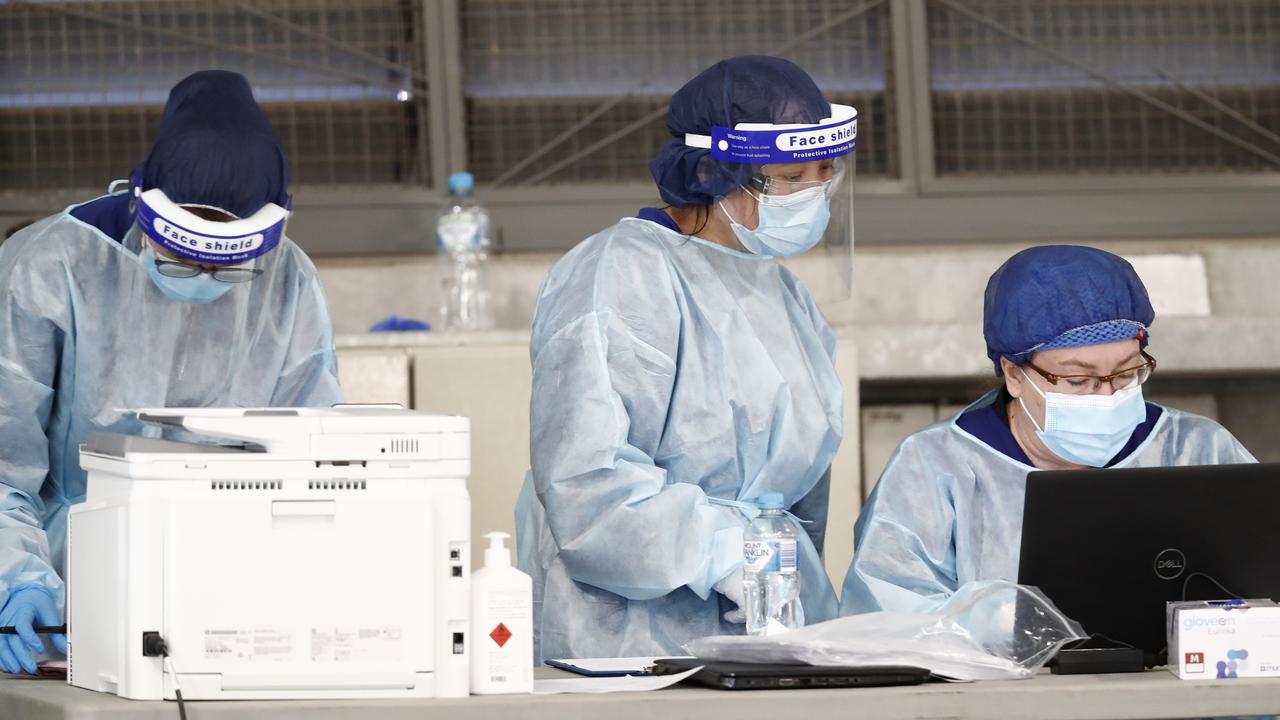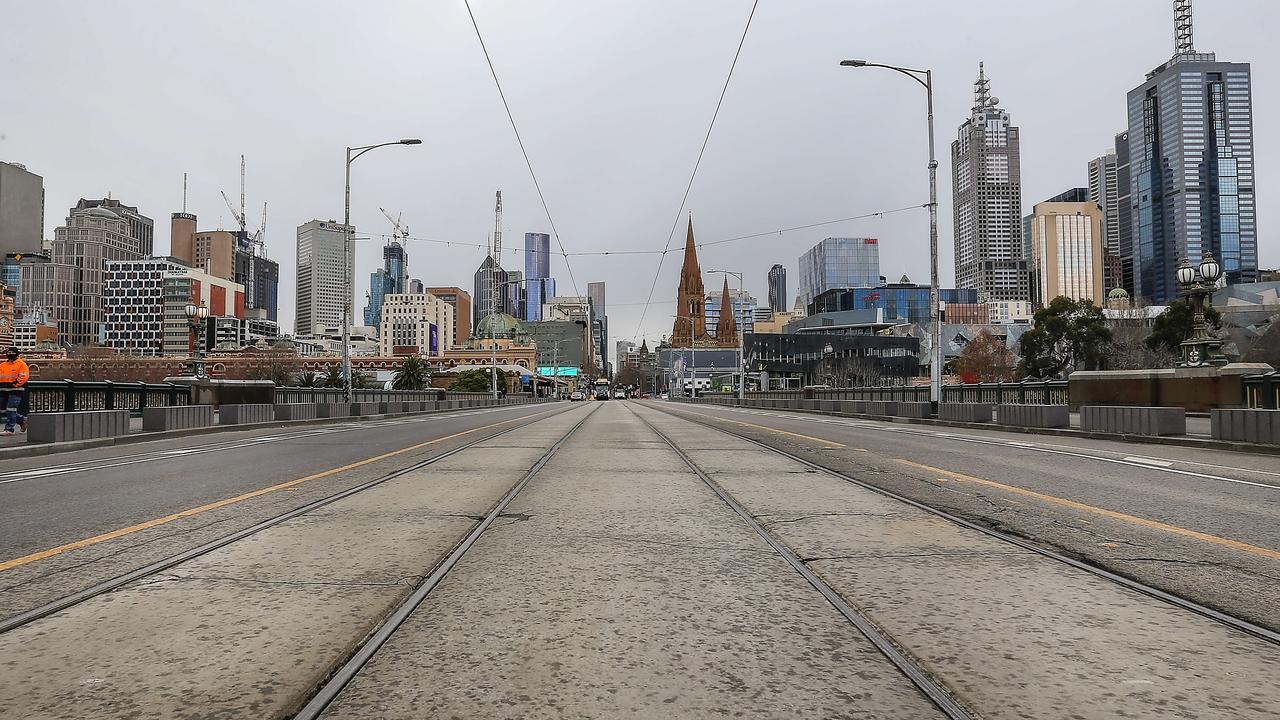Stan Krpan: Where there’s e-waste, there’s gold
DID you know that those broken phones, tablets and computers contain a whole range of precious materials — including gold, silver and copper? We are literally throwing gold into the rubbish bin, writes Sustainability Victoria CEO Stan Krpan.
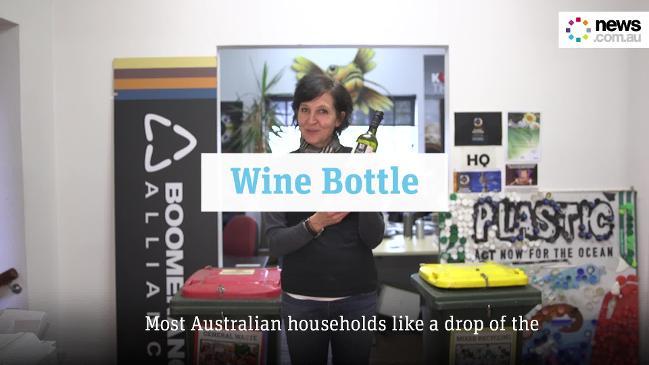
Opinion
Don't miss out on the headlines from Opinion. Followed categories will be added to My News.
WE are literally throwing gold into the rubbish bin. Many people aren’t aware that those six broken phones, two tablets, one computer and two televisions contain a whole range of precious materials, including copper, silver and gold.
These materials are “precious” and worth so much because they are finite; there is a limited supply that, when exhausted, will be gone for good.
For example, 1 million mobile phones contain an estimated 15-16 tonnes of copper, 340-350kg of silver and 24-34kg of gold.
When you consider there are more than 22 million discarded mobile handsets in Australia, a number that grows by more than 1 million each year, that’s a lot of precious resources that we’re throwing away.
MELBURNIANS FACE RUBBISH COLLECTION FEE HIKES
RECYCLING THREAT MAY LEAVE BINS OVERFLOWING
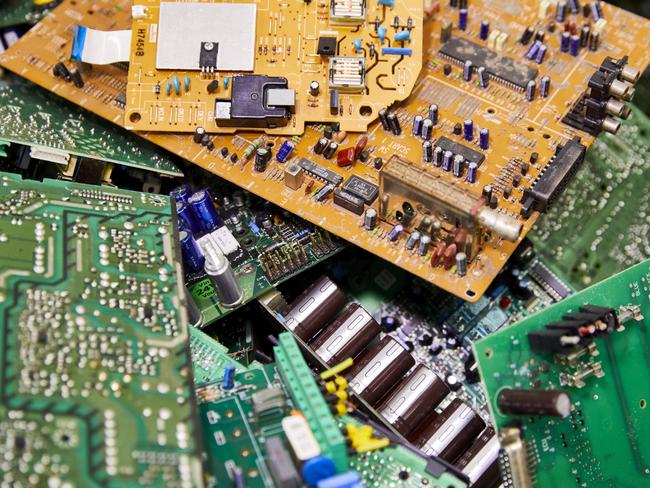
Unfortunately, many electronic products we use are not manufactured to last a long time, and most are not repaired, refurbished or recycled.
This and constant technological upgrades mean we’re churning through electronic goods at an alarming rate.
It’s no surprise, then, that electronic waste (e-waste) is growing up to three times faster than any other waste stream.
Our battery-operated devices such as mobile phones, game controllers and computers contain a mineral called columbite-tantalite, or coltan for short.
The mineral is found most commonly and controversially in the Democratic Republic of Congo. The mining of coltan has not only been linked to the mass destruction of rainforests, but also attributed to the reduction in gorilla numbers and the use of child labour.
We can prevent this if we recycle our e-waste. By reusing what we’ve already mined, we’re not only cutting costs and reducing environmental impacts, we’re also reducing greenhouse gases created in the mining, processing and transportation of these raw materials.
If your old technology is sent to landfill, these resources are lost forever. Most of our e-waste is sitting in a drawer, cupboard or garage, with the rest ending up in landfill.
The average Victorian household generates 73kg of e-waste every year.
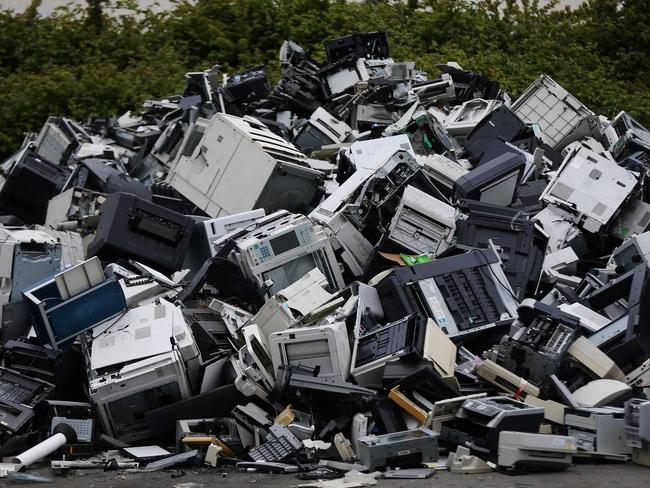
For a family of five, that’s approximately 140kg per year; equating to about 1.4 tonnes of
e-waste over a 10-year period.
All e-waste contains hazardous materials. These can range from heavy metals such as lead, mercury and cadmium to ozone-depleting chlorofluorocarbons (CFCs) and flame retardants.
Even in small amounts, these chemicals can cause environmental damage.
When you multiply it by millions of e-waste items discarded in landfills, the situation becomes much more serious.
These substances can leach into soil and groundwater, or release into the air, creating long-term environmental contamination issues. Many of these substances are particularly dangerous because they do not break down easily, meaning they stay in the environment for a very long time.
From July 1, 2019, the state government will ban e-waste from being accepted in landfill sites across Victoria. Instead, it must be recycled.
You can recycle a range of electronic items now, and collection services for phones, batteries, televisions and computers are available across Victoria.
Most councils currently collect larger e-waste items such as fridges, washing machines and dryers.

Sustainability Victoria is working hard to improve our e-waste collection network, increase community access to disposal points and expand capacity to receive and safely manage increasing volumes of e-waste. The upgrades will mean 98 per cent of Victorians in metropolitan areas will be within a 20-minute drive of an e-waste disposal point, and 98 per cent of Victorians in regional areas will be within a 30-minute drive.
If you’re like me, with a bird’s nest of tangled cords and drawers full of electronic products that have either been dropped by clumsy hands, or the changes in technology mean your current headphones are obsolete, then this will be music to your ears.
We have a real opportunity to demand products that last longer and that enable recycling — building the industries and jobs of the future that re-manufacture resources into new materials.
There are some great local examples already of an emerging and innovative industry in e-waste reprocessing.
Let’s lead the country in our war on waste. Let’s take our e-waste to a better place.
— Stan Krpan is chief executive of Sustainability Victoria

